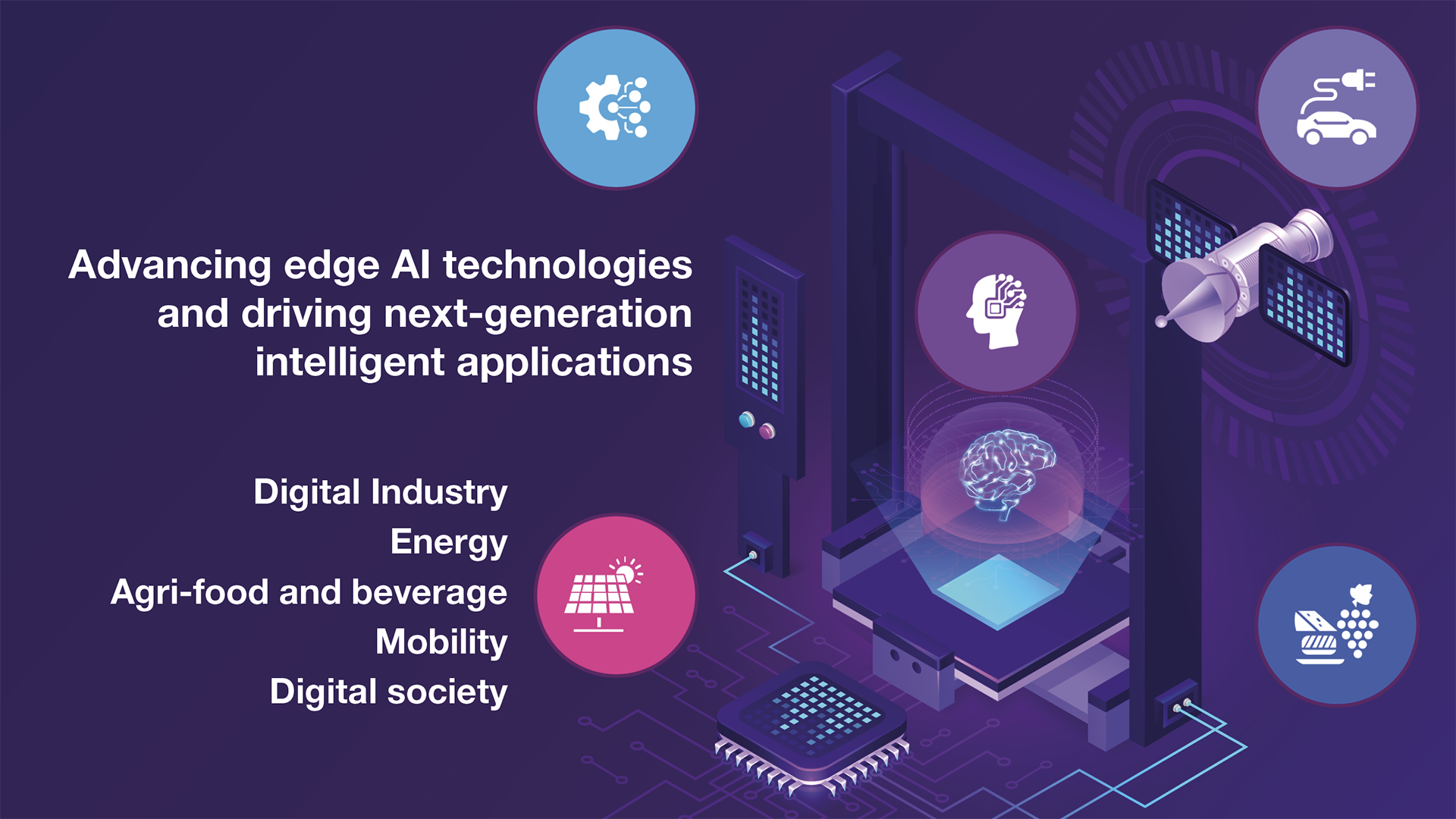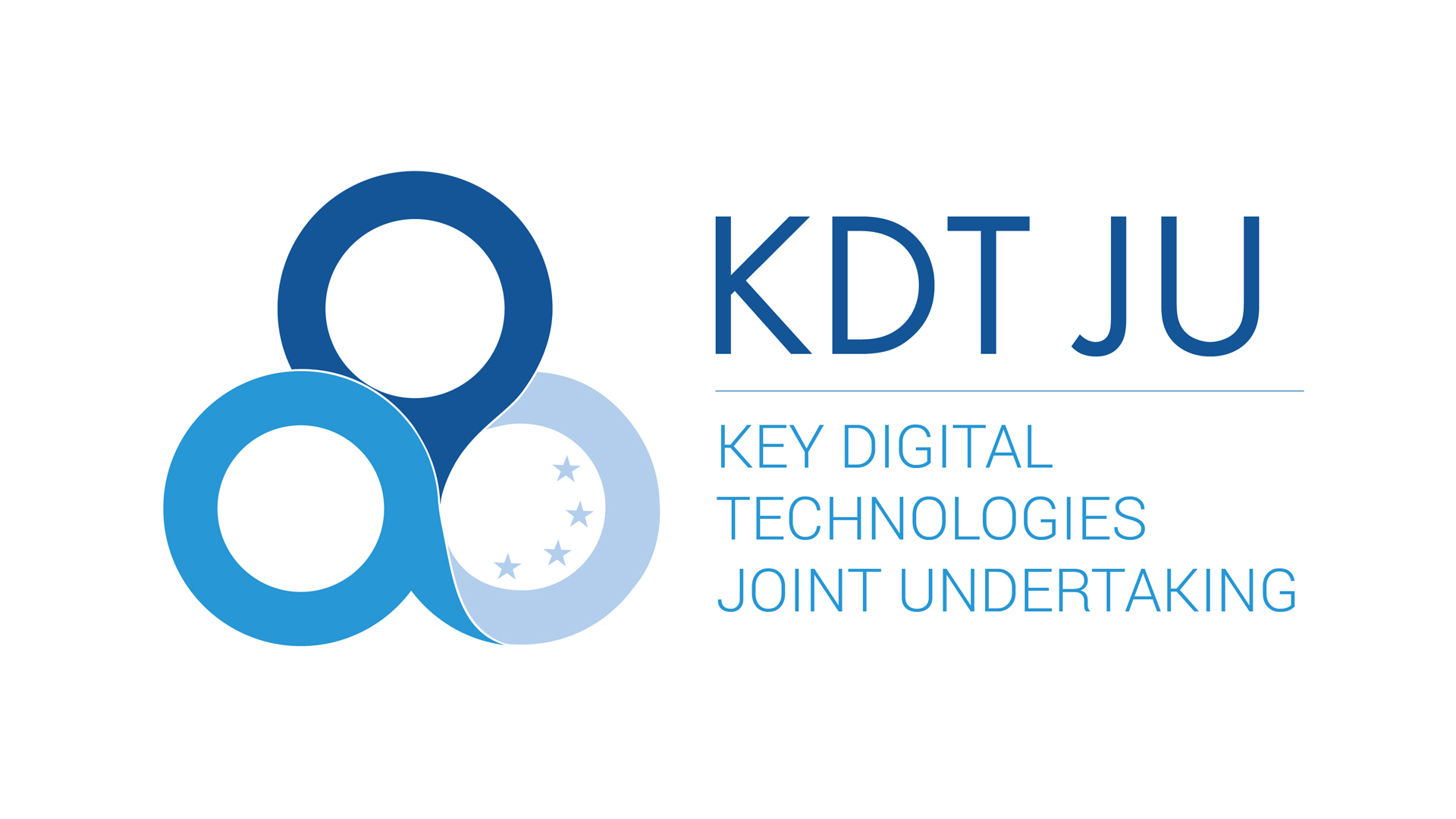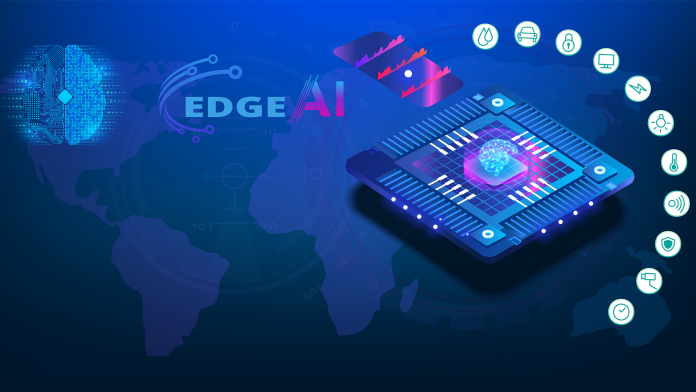Edge AI is a novel unique paradigm composing AI workflows spanning the edge AI technology stack, including hardware, software and data across the edge computing continuum.
Edge Artificial Intelligence combines edge computing, Internet of Things (IoT), and Artificial Intelligence (AI) technologies to provide real-time data collection, processing, analytics, and decision-making. The advances in edge AI, Machine Learning (ML), and Deep Learning (DL) technologies enable new capabilities at the network’s edge, closer to the sensors and actuators that were previously impossible for conventional microcontroller unit (MCU) systems.
Building on the benefits of IoT and edge computing to collect and process data locally, on-device ML and DL processing reduces latency, increases data privacy and security, and reduces the need for a continuous cloud connection by providing edge connectivity and analytics solutions. ML and DL edge intelligent processing open opportunities for new, robust, scalable AI systems across the edge continuum (micro- deep-, and meta-edge) and multiple industries.
Benefits of edge AI
The application of edge AI brings many opportunities, including higher processing speeds to allow real-time analytics, greater scalability to work with real-time data, and improved cybersecurity as data is processed on-premises. But these innovations also bring significant challenges, from technological heterogeneity and processing architectures to energy efficiency.
One of the most significant challenges for edge AI technology developments is improving the energy efficiency and scalability of processing performance, given the different resource constraints for devices, algorithms, and platforms at the edge.
Edge AI applications feature significant hardware/software heterogeneity. The applications use combined AI methods and algorithms, which presents challenges when edge AI solutions must be optimised for various hardware/software platforms and benchmarked against one another.
Heterogenous processing is a crucial aspect of edge AI that combines different hardware architectures, including central processing units (CPUs), graphics processing units (GPUs), tensor processing units (TPUs), intelligence processing units (IPUs), application-specific integrated circuits (ASICs), field-programmable gate arrays (FPGAs), neuromorphic processing units (NPUs), system on chip (SoC) and system on module (SoM).
Edge AI technologies and applications are continuously evolving and are driving future intelligent control and decision-making by moving AI capabilities closer to the physical world to enable the implementation of autonomous systems and enhance the autonomous behaviour of such systems.

To address the heterogeneity of devices, the KDT JU EdgeAI project manages processing at the edge as a granular continuum computing comprising of the micro-edge (processing units in embedded microcontrollers, sensors and actuators, etc.), deep-edge (processing units providing extended processing power, in gateways, mobile phones, programmable logic controllers, etc.) and the meta-edge (on-premises high-performance edge processing micro-servers combining different microcontrollers and processors for specific operations).
Edge AI technologies are enabling the development of heterogenous, hyper-connected, hyper-autonomous and hyper-intelligent systems that combine edge and swarm intelligence to create novel edge intelligent systems of systems.
Hyper-X developments and edge AI accelerate the integration of automation tools, platforms, and multiple sensing/actuating technologies. This enables more intelligent functionality and creates cross-functional, scalable autonomous systems with ‘intrinsic intelligence’ and ‘extrinsic intelligence’.
Intrinsic intelligence represents the cognitive capabilities built within an edge AI device, like a smart IoT device, robot, or autonomous vehicle. Extrinsic intelligence is the networking intelligence used for collaboration between these intelligent edge devices.
EdgeAI project
EdgeAI – Edge AI Technologies for Optimised Performance Embedded Processing, Key Digital Technologies (KDT) Joint Undertaking (JU) project is a key initiative for the European digital transition towards intelligent processing solutions at the edge.
The project develops new electronic components and systems, processing architectures, connectivity, software, algorithms, and middleware by combining microelectronics, AI, embedded systems, and edge computing.
It also ensures that Europe has the necessary tools, skills, and technologies to enable edge AI as a viable alternative deployment option to legacy centralised solutions, unlocking the potential of ubiquitous AI deployment, with the long-term objective of Europe taking the lead of intelligent edge.
The EdgeAI project contributes to the European Green Deal twin digital and green transition with a systemic, cross-sectoral approach. It delivers enhanced AI-based electronic components and systems, edge processing platforms, AI frameworks and middleware, while providing methodologies to ease, advance and tailor the design of edge AI technologies.
Moving processing, analytics and intelligence at the edge could have an impact on the European Green Deal in two directions. One is by increasing energy efficiency and lowering the power consumption of the electronic components, algorithms, and AI methods at the edge. The other is by increasing the processing capabilities and reducing the overall energy consumption and CO2 footprint of the applications that use edge AI components.
By addressing scalability, energy efficiency and performance in the early phases of edge AI technologies development, the EdgeAI project can positively influence the European Union’s climate-neutral ambitions.
With 49 partners across 11 European countries and a total budget of €35.4m, Edge AI is one of the largest European initiatives addressing edge AI technologies and applications.
The EdgeAI project advances the development of edge AI solutions across the AI technology stack, leading to the emergence of multimodal edge AI implementations that yield real-time performance at the edge for various industrial sectors. This results in integrating a combination of edge AI HW/SW building blocks in different AI-based applications.
Working across five value chains
The EdgeAI project partners work to demonstrate the applicability of the developed approaches in 20 demonstrators across five industrial value chains: digital industry, energy, agri-food and beverage, mobility, and digital society, considering performance, security, trust, and energy efficiency demands inherent in each of these demonstrators. EdgeAI significantly contributes to the grand societal challenge to increase the intelligent processing capabilities at the edge.
Digital industry applications address a combination of advancements in edge AI technologies for implementing AI-based sensor/image data monitoring, processing, analysing, and controlling capabilities into industrial production, deployed as distributed AI on the edge-computing continuum. The goal is to develop and assess optimised HW/ SW solutions for the efficient execution of edge AI algorithms, complying with emerging algorithm patterns and decentralised or distributed edge architectures.
Energy sector applications aim to develop real-time feature engineering AI-based solutions for diagnostic and predictive using edge AI models to combine historical data, weather patterns, and energy system parameters to implement, manage and optimise the energy appliances and users’ operation. The focus is on the design of decentralised and distributed edge intelligent monitoring systems for energy management systems considering feature-engineering processes and delivering novel analysis tools for appliances and energy management systems, including load prediction, classification of consumers/loads, load profiling, anomaly detection, estimation, energy consumption prediction, and scheduling intelligent energy brokerage.
Agri-food and beverage applications focus on use cases where edge AI can monitor potential issues at every step of the champagne supply chain to guarantee safer, healthier, and more efficient production. The proposed demonstrators consist of several subsystems/components that cover the different champagne manufacturing process steps, from the vineyard to the bottling. The solutions deployed are based on scalable edge IoT and AI with neuromorphic accelerators.
Mobility applications concentrate on expanding edge-AI-based perception, cognition, and monitoring technologies to advance the mobility sector in three different aspects: the mobile agent (e.g., drones, UAVs, UGVs and other vehicles), stationary and mobile multi-agent collaboration (distributed edge intelligence), and infrastructure. These edge AI technologies are essential to enable connected and automated mobility with increased energy efficiency, reliability, privacy, and reusability for both indoor and outdoor applications.
Digital society applications advance edge AI’s ability to provide high-quality situational information to trigger autonomous responses in various intelligent environments requiring closer integration of technological systems and human users. These systems ought to accurately interpret real-world stimuli, inferring activity and intention with edge AI pledge to provide interpretation of stimuli in these situations that cannot be adequately modelled traditionally, thus allowing reactive processes to be better informed and enabling a closer integration of humans and digital infrastructure.
This work is conducted as part of the EdgeAI ‘Edge AI Technologies for Optimised Performance Embedded Processing’ project, which has received funding from KDT JU under grant agreement No 101097300. The KDT JU receives support from the European Union’s Horizon Europe research and innovation programme and Austria, Belgium, France, Greece, Italy, Latvia, Luxembourg, Netherlands, and Norway.


Please note, this article will also appear in the fifteenth edition of our quarterly publication.









